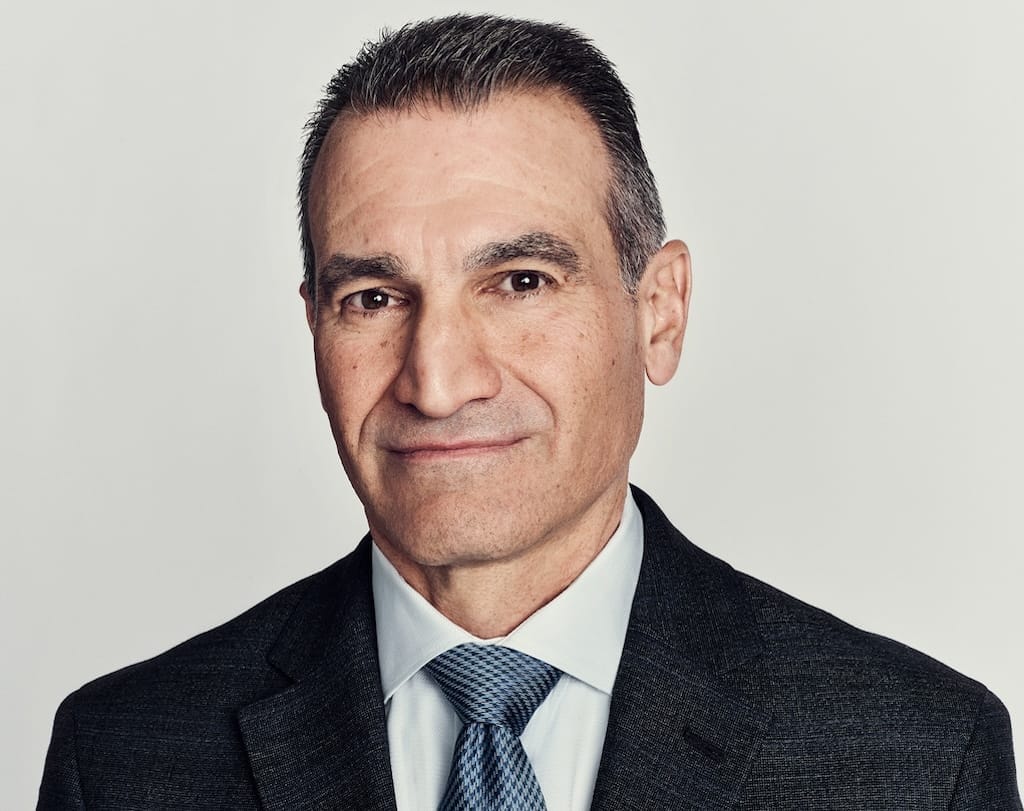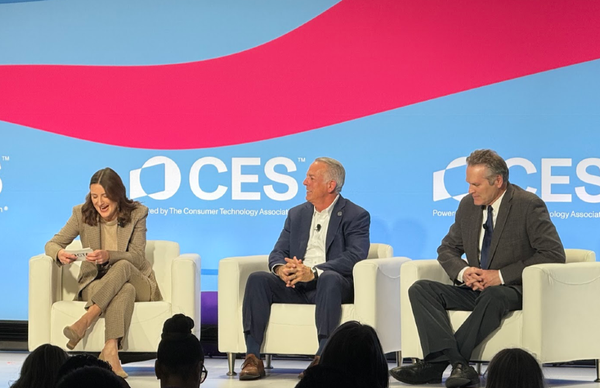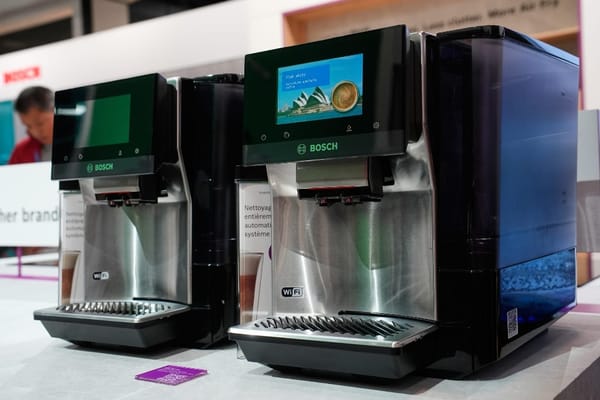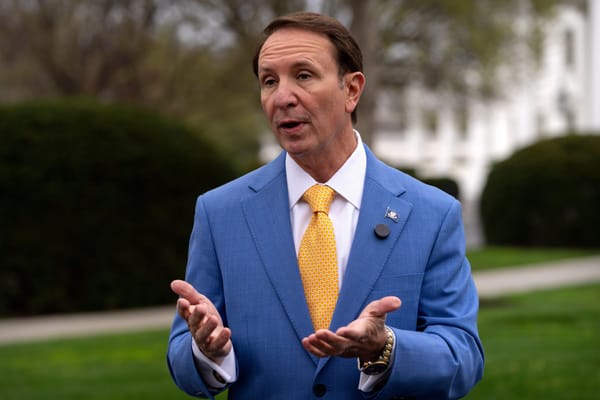Verizon Reports Drop in Prepaid Subscribers After ACP Sunset
The company also saw fewer new fiber customers, but expects the 400,000 prepaid disconnects were the worst of the impact.
Jake Neenan

WASHINGTON, July 22, 2024 – Verizon reported a drop in prepaid phone subscribers for the second quarter, driven largely by the shuttering of the Affordable Connectivity Program in May.
The company lost 624,000 prepaid customers, of which 410,000 were ACP subscribers, executives said on an earnings call Monday.
“We had about 1.1 million prepaid subs that benefited from the ACP program,” said Tony Skiadas, the company’s CFO and executive vice president. “In the second quarter, we saw about 400,000 prepaid disconnects. This is the vast majority of what we expected.”
The ACP program, created by Congress in a 2021 law, grew to include 23 million low-income households that received a $30 monthly discount on their home or mobile broadband bills.
Capitol Hill lawmakers failed to replenish the ACP with new money, mainly because the GOP had concerns about the ACP’s costs and generous eligibility requirements.
More than 60% of ACP participants told the Federal Communications Commission, which ran the ACP, that they had either no or inconsistent broadband access prior to enrolling. Although internet providers have launched affordable plans to retain some of those customers, they have been preparing to lose subscribers for whom the discounted rate was still too high.
Verizon reported 24,000 net residential fiber additions through its FiOS product, well below what analysts had been expecting and down from 51,000 in the second quarter of last year. Skiadas attributed this in part to the ACP closing.
“We saw some pressure on FiOS, in terms of gross add opportunity,” he said of the program’s sunset. “If we look ahead, in the third quarter we expect some disconnects in prepaid and a small number across other products.”
Fixed wireless access
The company reported 378,000 new fixed wireless customers, with 218,000 residential and 160,000 business. Residential fixed wireless net adds were down from 251,000 last Q2, but in line with what analysts expected.
“If there was an ACP impact, the company grew through it,” New Street Research wrote in a note to investors Monday morning.
Verizon CEO Hans Vestberg said the company, which has a total of more than 3.8 million fixed wireless customers, has room to grow on that front.
New Street has projected the company has enough spectrum capacity for between 4.1 and 5 million subscribers, which lines up with the range Verizon has been aiming at by the end of this year.
The company is still expanding the C-band spectrum it purchased in 2021, spectrum which Verizon has pointed to as a boon for its fixed wireless offering. Skiadas said the network builds were ahead of schedule, reaching nearly 60 percent of the company’s planned sites and expanding into rural and suburban areas after an initial build out in cities.
“Around 50 percent of all our traffic is now on C-band, so we have a ways to go,” Vestberg said. “And we have deployed only a portion, so as we deploy more we of course open up more opportunities.”
Financials, more numbers
The company reported $32.8 billion in total revenue, lower than expected but still up 0.6 percent over the second quarter of 2023. Earnings per share were at $1.15, which analysts had expected, but were down from $1.21 last year.
Verizon reported 8,000 consumer postpaid wireless phone losses, compared to 136,000 such losses in Q2 of last year. New business postpaid customers numbered 156,000, netting the company 148,000 new postpaid phone customers, ahead of expectations.
The company also reported 11.5 million broadband subscribers total, with more than 7.4 million served by Verizon’ FiOS fiber network. The 11.5 million number is up 17.2 percent year over year.












Member discussion